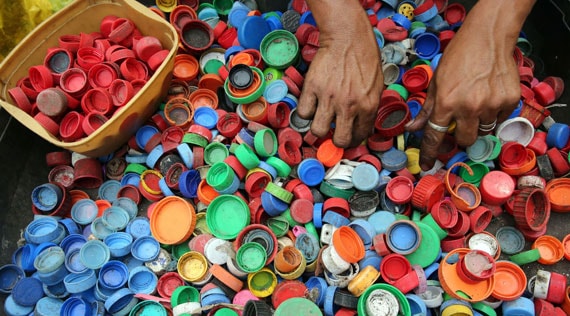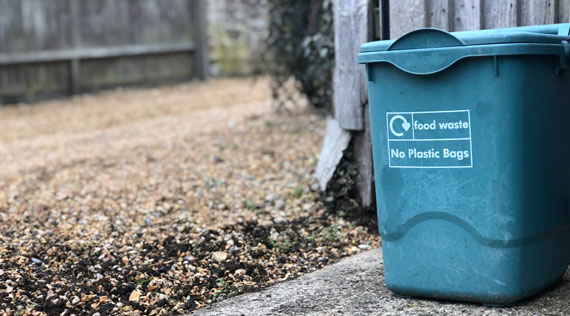Bacteria which have been shown to degrade and assimilate plastic, has been a key area of international research since 2016. Now a University of Manchester-based team of scientists have made a biotechnological breakthrough which may help humans to call on engineered bacteria cells to reduce our plastic waste.
PET plastic has long been a concern due to the sheer volume of plastic created globally and its impact through non-recycled waste on the environment of drinking bottles, take-away containers and micro plastics.
Part of the reason plastic is difficult to break down is its chemical structure, which is made up of monomers—small molecules which are bonded together to form polymers. To date there have been many studies on the ability of bacteria to degrade PET plastic down into the constituent monomers. However, there has been limited study on the ability of these bacteria to recognize and uptake the corresponding monomers into their cells.
In new research published today in the journal, Nature Communications, researchers from The Manchester Institute of Biotechnology studied the recognition potential of a key protein involved in cellular uptake of the monomer terephthalate (TPA), by the solute binding protein TphC.
The use of plastics is expected to triple by 2050 and often plastic packaging is used only once. Despite a rise in home and industrial recycling efforts there still exists a systemic problem but also a business opportunity. Developing microbial degradation of plastics could be key in tackling this global issue.
The Manchester team used biochemical and structural techniques to determine how the substrate, TPA is recognized by TphC. Dr. Neil Dixon, lead author of the research said: "Understanding how bacteria recognize and degrade xenobiotic chemicals, is important both from an ecological and biotechnological perspective. Understanding at a molecular level how these plastic breakdown products are imported into bacteria cells means that we can then use transporters in engineered cells for bioremediation applications to address pressing environment concerns."
Using techniques which allowed the team to visualize the TphC in both open and closed conformations upon TPA binding, they then used genome mining approaches to discover homologous transporter proteins and also enzymes involved in TPA breakdown and assimilation.
These mined genomic parts provide a genetic resource for future biotechnological and metabolic engineering efforts towards circular plastic bio-economy solutions. There is great interest and potential in the use of engineered enzymes and microbes to degrade and assimilate waste plastic.
These new findings will now support the development engineered microbial cells for bio-remediation and bio-based recycling of plastic waste.

